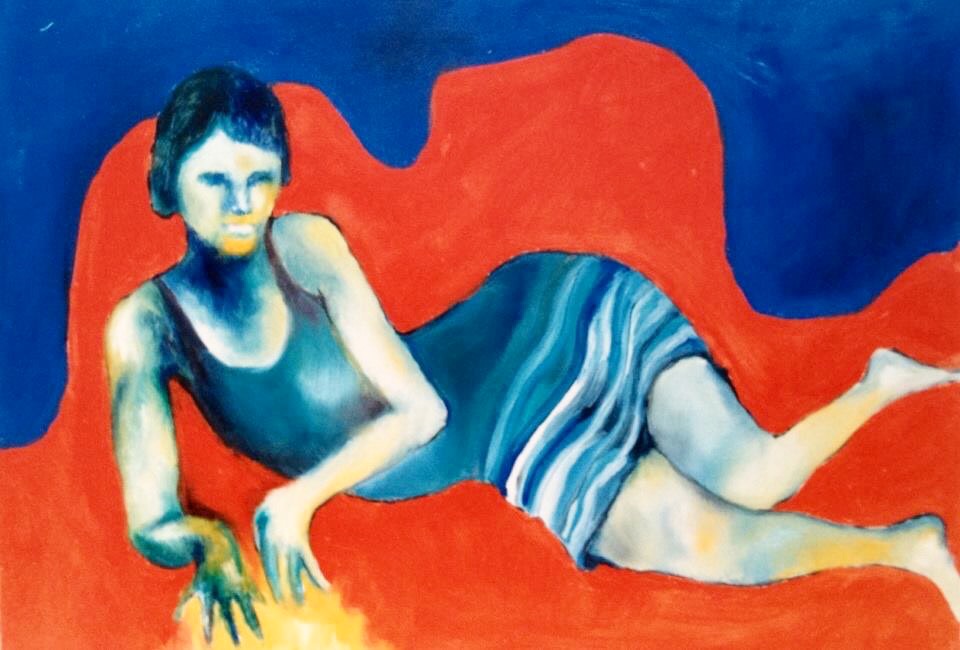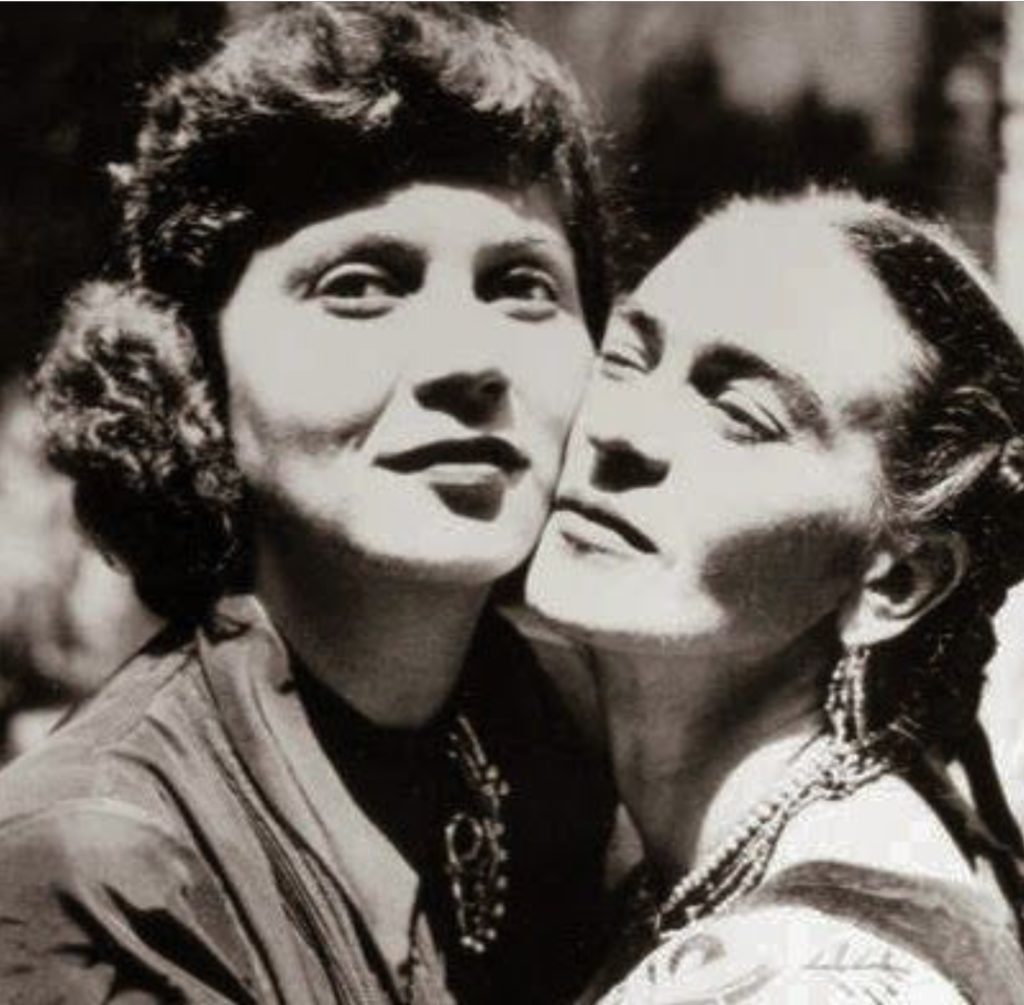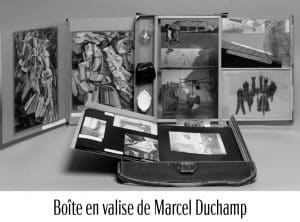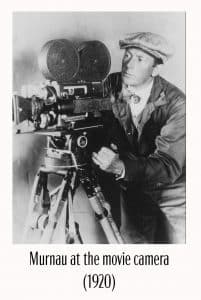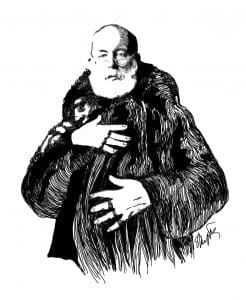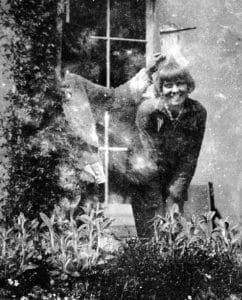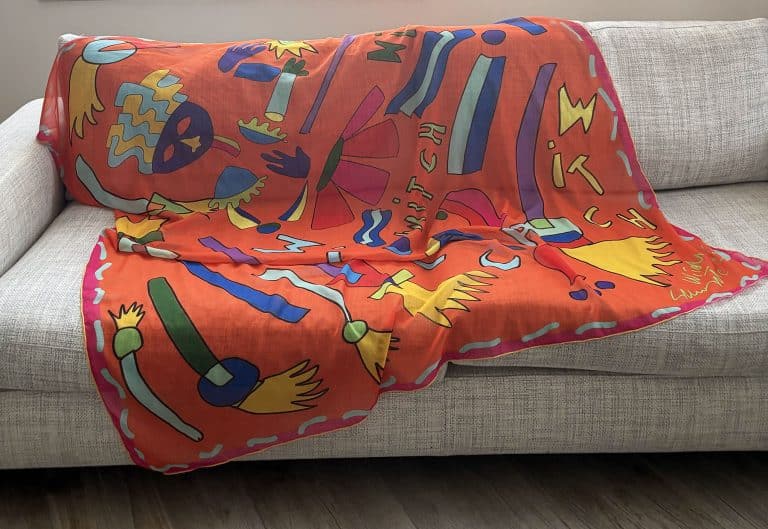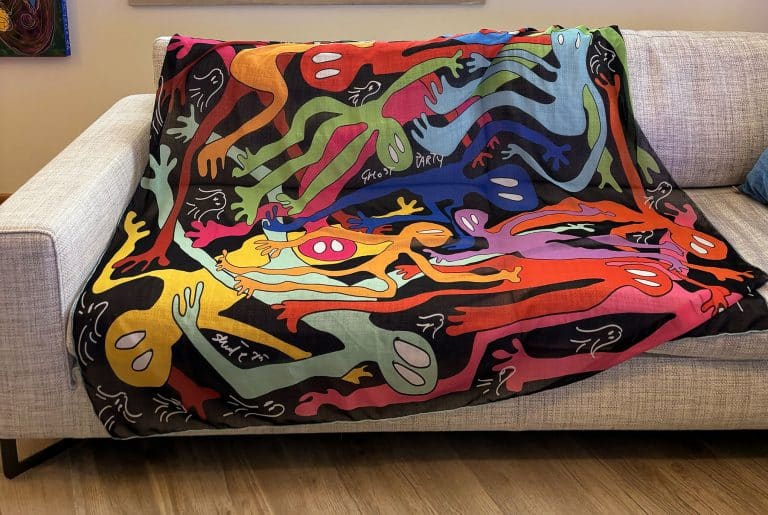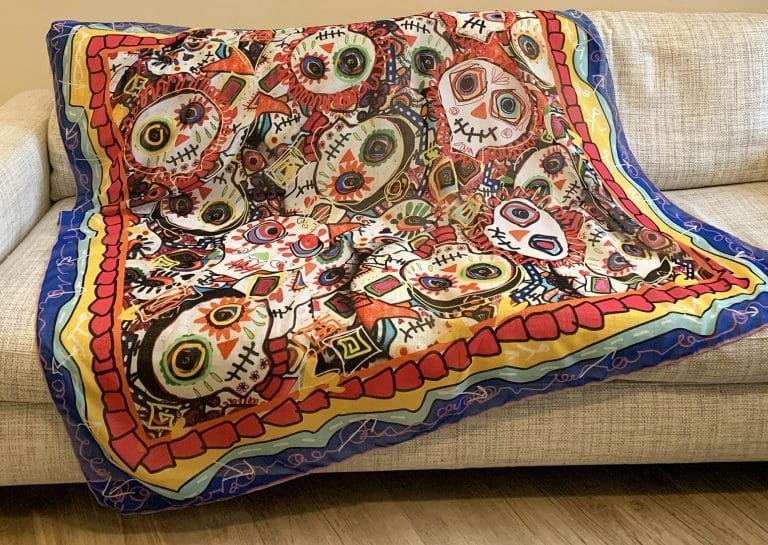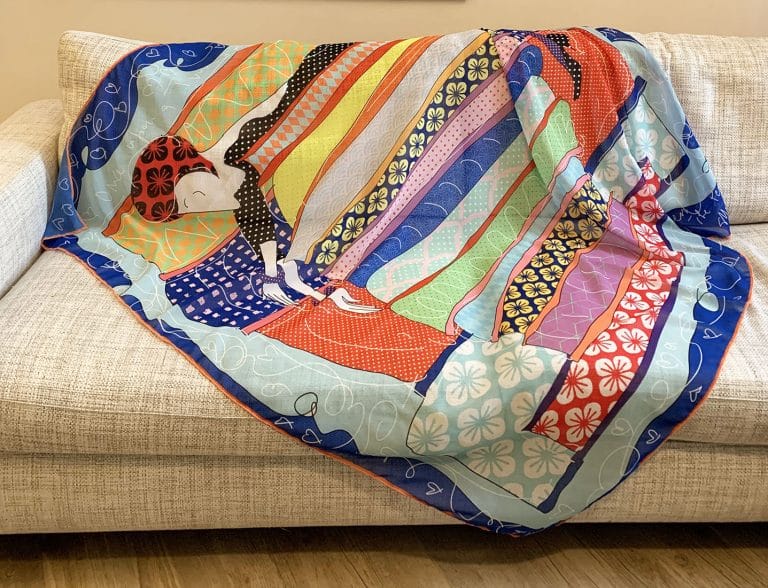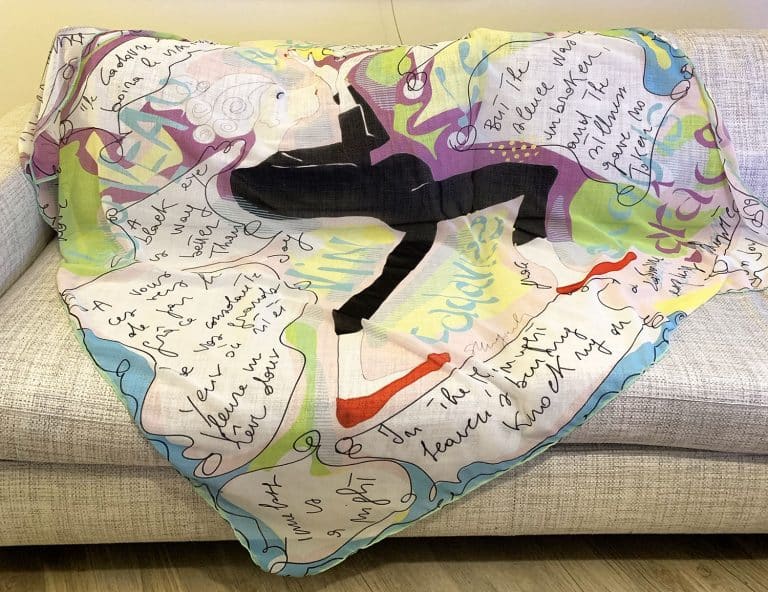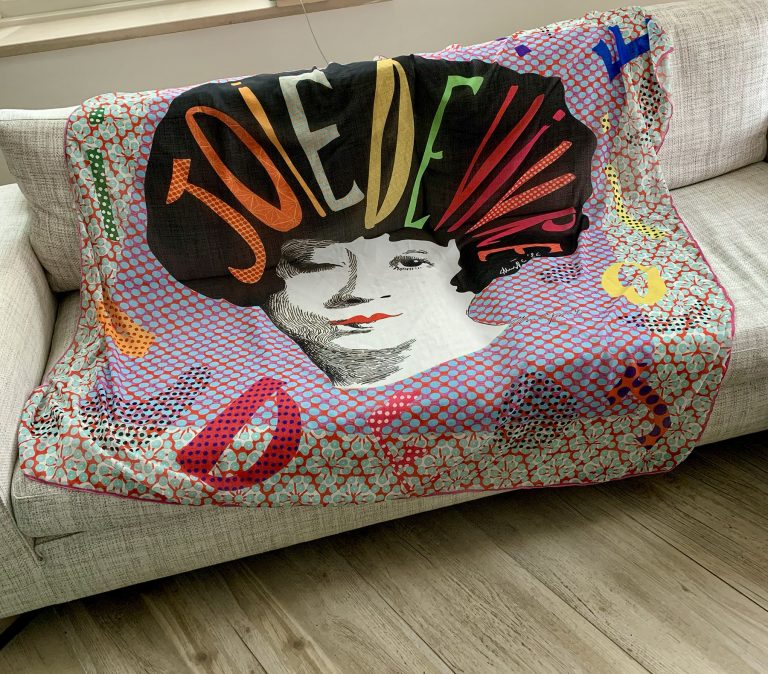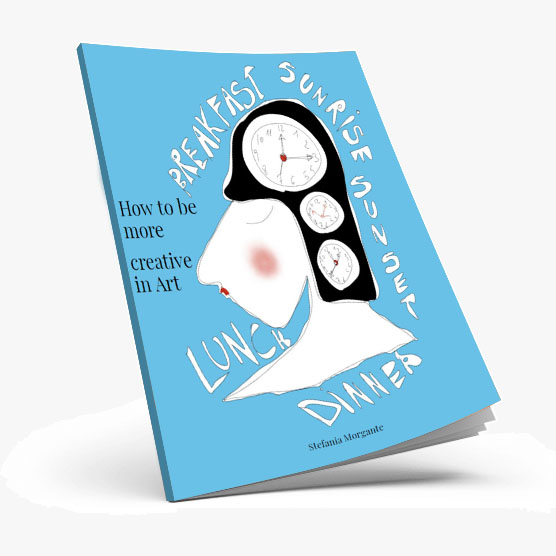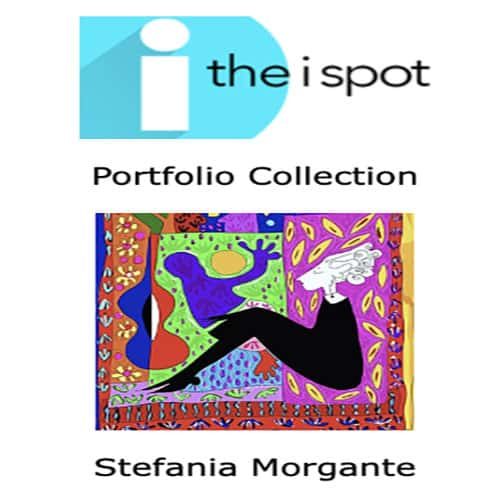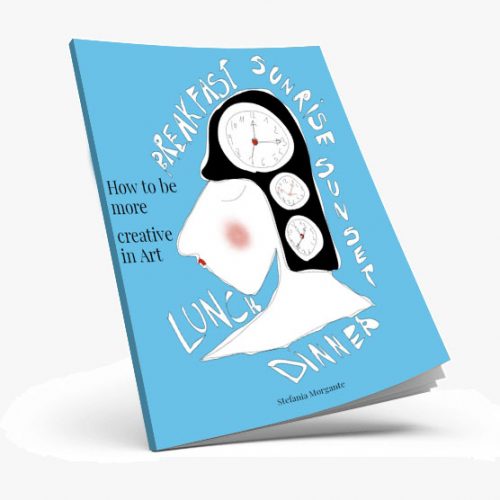When nature and myth merge into fashion.
Those salty days, full of anticipation. The sky is cobalt and dense with heat above the heads that have a vertigo for the heat. The straw bag full of protective creams, towels with violent colors, some books, the phone. And casual clothing that makes us feel comfortable, sensual and fresh.
This is the most obvious image that comes to mind when we think about the South.
Because South is holiday.
But I was born in the South, and the sea was not a holiday, it was part of our life: when we went to school, to work, to university.
The sea was so obvious that we could only look at it in another way as a background to our daily routine.
What South?
The South began to have a different, more introspective sense when I met it in books and in art.
The South of Tomasi di Lampedusa, Camilleri, Verga, Pirandello, Deledda, Garcia Lorca, Garcia Marquez, Nawal El Saadawi, just to name a few, has lifted the veil from my eyes, giving me back a South without commonplaces.
A month ago, I was all about the idea of the South. And the signs were unmistakable.
I found a couple of pictures of the house of Tina Modotti (A Friulian woman who first emigrated to America and then to Mexico, where she died in 1942).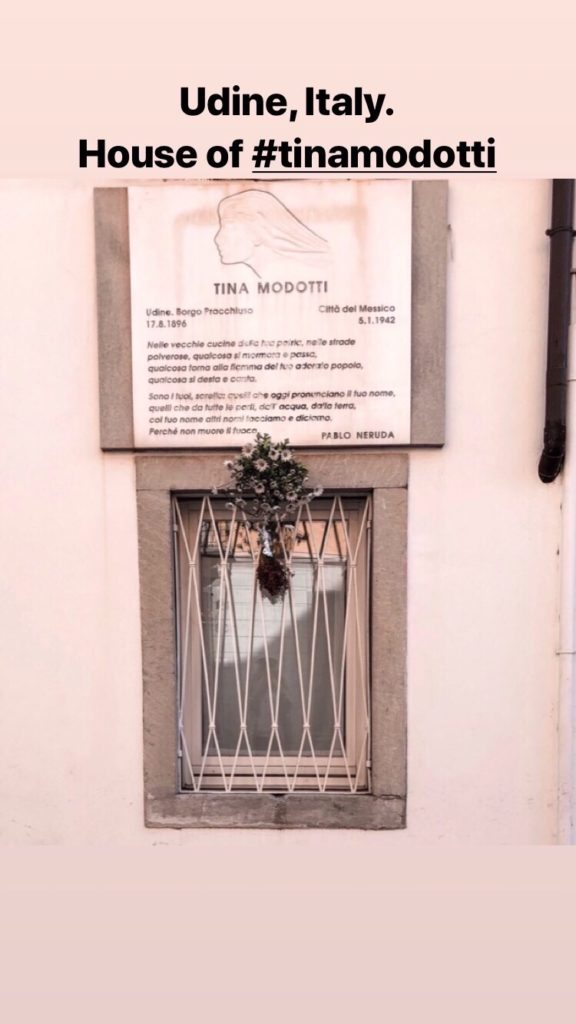
Meanwhile, a person I was following on Instagram, was in Mexico and in her stories she described the habits, the landscapes, the colors of the people, including a boat ride accompanied by festive mariachi and a visit to the Azul house of the Kahlo.
I also found on my cell phone the chirping of cicadas, recorded last summer.
Suggestions, such as the description of the agaves of Garcia Lorca, petrified polyps.
It was done, I had to greenen my runs in the fields of wheat, the soft tiredness after playing in the water, while I ate sandwiches full of grains of sand that ended up between my teeth. The popular songs, the processions, the rituals, the abandoned bicycle by the sea, the chilling silence after lunch, when the heat dulls anyone anywhere and the cities seem dead.
From afar, not suffering from the heat, tourists and noise, the South reappears to me for what it is: extensive places and not entirely identifiable, magical, different in each region, in each country, but with underground wires that make them all similar: the welcome, the empathy, the white of a thousand shades but always blinding, the time that has another dimension, the disenchanted solution to every problem, the ability to recover, the effort, the passion for food, beauty, the smile always ready even when you do not want it.
So where do we start? You can’t tell the South in a few scarves.
The project started with two different but complementary personalities: an Italian photographer,
Tina Modotti, political activist, actress, model, and her friend Frida Kahlo on whom they wrote and said so much that they almost didn’t want to interpret her (that’s why I saw her in a pop or extremely decorative key, as a venerable icon).
And around them, cacti, agaves, prickly pears.
The thorns and the succulent majesty of these plants inaugurate a very ample project which starts like this: two women friends and great artists in an essential nature, glabrous, almost blurred by the sheer sun. The sun shouts everywhere in these scarves.
Mexico in the background, and the desert that dries and dries, and makes the colors saturated in the sky and blinding on earth.
South is a spell. That we can’t resist.
(South project Part I can be found at HERE.)


